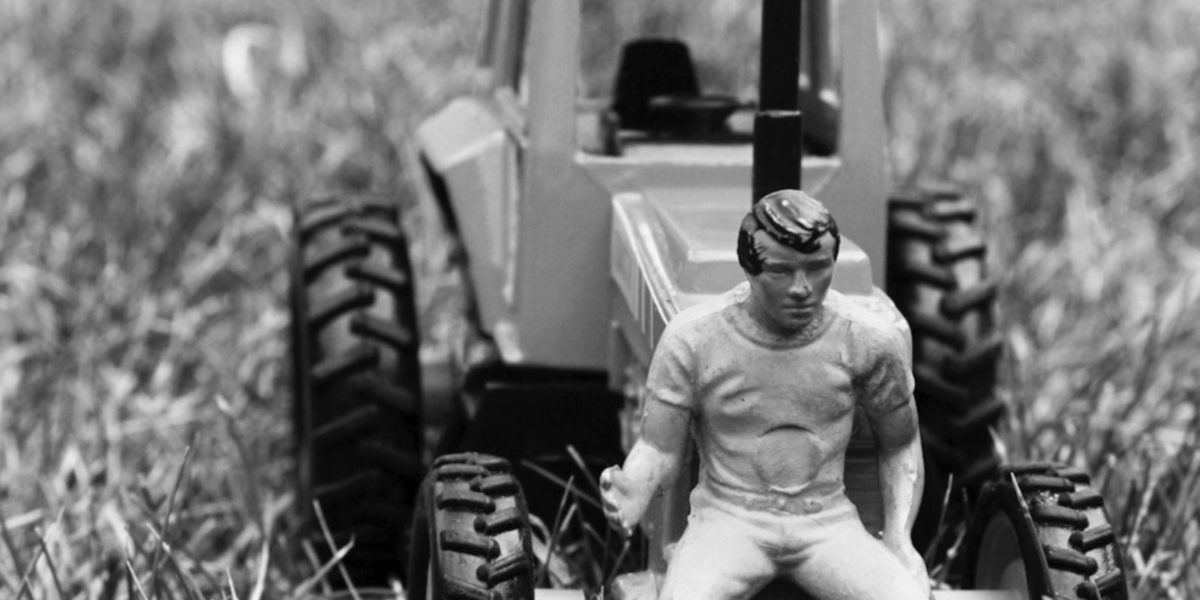Road cluedo
Learning to read the signs while driving
Road safety and breakdown organisation GEM Motoring Assist is encouraging drivers to look beyond the obvious. The idea is for drivers to observe and understand the clues around them as they drive. This way, they will have a better view of what’s around the corner, keeping them safer, especially on rural road journeys.
Summer driving
As traffic levels rise with the easing of coronavirus restrictions, sunny days and the open road are getting people back into their cars.
To stay safe on a rural road, it’s vital to use observation and anticipation skills to stay safe. Relying just on the information given by signs and road markings is not enough. Drivers need to be encouraged to use their own detective work to anticipate potential hazards.
“Driving in the countryside is usually a great pleasure,” says GEM chief executive Neil Worth. “But country roads are used by many different people and vehicles, so it’s vital to look for the clues – some obvious, others less so.”
Immediate solutions
Key is to “expect the unexpected” and to “always have time and space to stop safely if necessary”.
Blind bends, slow moving vehicles to mud on the roads and farm animals. “What’s round the corner on a rural road with restricted visibility? It could be another car or a motorcycle coming towards you too fast, a group of cyclists on a ride out, sheep or cattle crossing the road, a horse and rider, a wild animal, a slow-moving farm tractor…
“Until you have perfect sight of what’s ahead, you need to be ready to anticipate what could be there. By adjusting your speed and position accordingly, you’re doing your bit to keep yourself and the other road users safe.”
Signs not just signposts
GEM believes learning basic detective skills is essential. For example:
- If you see mud on the road, expect to meet tractors or other slow-moving farm vehicles.
- If you smell (or see) fresh-cut grass, look out for the mowing vehicle round the next bend.
- The sight or smell of horse manure tells you that horses and riders are close by.
- If there are wheelie bins at the end of driveways, then watch out for the bin lorry.
They suggest five simple driver tips to help improve rural road safety:
What are the signs telling you?
Make sure you use any existing signage to help you. Usual signs include a series of white chevron signs on a black background, indicating a sharp bend. Slow down, even if the posted speed limit is 30 mph.
Room for two?
The narrowness of country lanes means that passing places are sometimes provided into embankments or verges. Be prepared to reverse into these if necessary.
Safe speeds
Stay safe by never exceeding the signed limit. Country lanes are often used as a short cut or an escape from congested main roads. Using them may actually be a longer way round to your destination leading you to be in a hurry. Slow down.
Bumpy roads
Country lanes may be in a poor state of repair. At any sign of this be ready for pot-holes and other broken surfaces that can seriously damage your vehicle.
Think horse
Give horse riders a very slow and wide berth and keep your distance until it becomes safe to pull past.
Solving the crime
Ensuring learner drivers gain these basic skills and make them second nature is essential. The same is true for more experienced drivers, especially those who rarely drive on rural roads. They are basic tenets of the defensive driving technique. While they may seem obvious and basic, many drivers fail to read the clues and the road ahead. Re-emphasising deeper observational understanding to all drivers and riders, can make a real difference to road safety for all.





